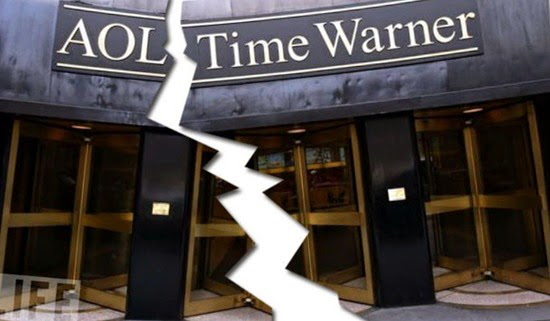
Buying or merging websites and tech companies can be a risky move for a variety of reasons. People’s interest can be fluid, competition can spell disaster and the product may not work as promised. While some deals do pay off, like Google buying YouTube or Amazon buying IMDb, there are other acquisitions that cost the buyer massive amounts of money and only end up being disastrous.
10. News Corporation buys MySpace for US$548 Million
In the early days of social networking one of the major players was MySpace, which was launched in 2003 by Chris DeWolfe and John Carmack. In 2005 MySpace was getting 20 million unique visits a month, and that’s when News Corporation (which also owns FoxNews and 20th Century Fox), purchased the website for $580 million. After purchasing it they were getting 70 million visitors a month, but it was unclear if MySpace ever made News Corp. any money. The division of News Corp. which MySpace was a part of only turned a profit once, and that was thanks to Google Advertising. In the end, News Corp. ended up selling MySpace to Specific Media and Justin Timberlake for US$35 million in June 2011.
9. Excite@Home Buys Blue Mountain for US$780 Million
One of the first features that drew a lot of people to the Internet was email. The idea of instantly sending someone a letter was an incredibly appealing idea, which is why sending greeting cards over the Internet seemed like the next logical step.
One of the first companies to do eCards was Blue Mountain. It was bought in December 1999 by Excite@Home for US$780 million, which was considered an odd move. While Blue Mountain did have some premium cards that people could buy, most of the cards were free. Most of their revenue came from advertising and they were getting nine million unique visitors a month, which isn’t a lot for a company valued at US$780 million. Even if every visitor was somehow worth US$1 million (which of course they weren’t), it would still take seven years to recoup the money. Two years later, Excite@Home was in serious trouble and they sold off Blue Mountain to American Greetings in September 2001 for US$35 million, only about 4% of their original purchase price.
8. Yahoo! Buys GeoCities for US$2.9 Billion
During the 1990s, one of the exciting things about the Internet was that anyone could build their own personal page. One of the most popular platforms to post a free web page was Geocities, which launched in 1994. In 1999 Yahoo bought Geocities for US$2.9 billion.
When it was purchased, GeoCities was the third most visited webhost and had 1.1 million users. It may have seemed like a smart investment, but then along came social networking sites like MySpace and Facebook. They were much easier for posting information, and GeoCities quickly lost traction. In April 2009, Yahoo decided to stop supporting GeoCities and it would no longer offer free websites, with the exception of Japan where it’s still in operation.
7. AOL Buys Netscape for US$4.2 Billion
Launched in 1994, Netscape was one of the first widely available web browsers. In fact, Microsoft created Internet Explorer to compete with Netscape. At one point during the mid-90s, Netscape had 90% of the market share. In 1999, America Online purchased the browser for US$4.2 billion, making it the default browser for AOL users.
However, as part of AOL, Netscape was essentially driven into the ground. By 2007, the once mighty Netscape had lost to Microsoft and a new competitor, Mozilla’s Firefox. Netscape accounted for less than 1% of the web browser market, and AOL stopped supporting Netscape in December 2007.
6. Yahoo! Buys Broadcast for US$5.7 Billion
One of the most lucrative ventures on the Internet is streaming videos. Netflix and YouTube have proved how profitable this can be, but one of the early pioneers was Broadcast.com, created by Mark Cuban and his partner Todd Wagner. Started in 1995 as an Internet radio company, it was one of the leading media websites by 1999.
Yahoo, which was looking to expand their brand, bought Broadcast.com for US$5.7 billion in 1999. In theory it might have been a good idea, but in 1999 the technology for fast streaming video simply wasn’t there. For live events the streaming was choppy, while their library of movies was limited and they took a long time to load. Broadcast.com never turned a profit before it was sold to Yahoo, and even after Yahoo bought it Broadcast never took off. In 2005 YouTube launched and became the dominant video streaming platform, and Broadcast.com no longer exists.
5. Microsoft Buys aQuantive for US$6.3 Billion
Looking to make money for their online services, Microsoft purchased aQuantive for a staggering US$6.3 billion in May 2007. aQuantive was an online advertising company, and with the purchase Microsoft was hoping to compete with Google and thought that they would be “[the] industry leading, Internet-wide advertising platform.” That never came to fruition, and Microsoft never made money for their online services. In fact, they lost US$10.4 billion over five years. In 2012, Microsoft valued aQuantive at US$100 million, meaning the company had lost US$6.2 billion in value in five years.
4. Excite Buys @Home for US$6.7 Billion
Before the dawn of Google there were a number of search engines fighting for users, and one of the front-runners was Excite. Wanting to expand their business they acquired @Home, a high speed Internet provider, for US$6.7 billion in 1999. It was a horrible move from the very start. In 2000 the company lost US$7.4 billion. They were forced to file for bankruptcy in October 2001. By February 2002 the company was finished and @Home’s network access was sold to A&T for US$307 million. Excite was bought by Ask Jeeves for only US$10 million.
3. Terra Networks Buys Lycos for US$12.5 Billion
Four years after launching in 1996 Lycos was the third most visited website in the United States, attracting 33 million unique visitors a month. During their ascension, the Internet search portal bought a number of other websites, including Tripod, Angelfire and Hotbot. In May 2000, Spanish telecommunications company Terra Networks bought the portal for US$12.5 billion in stock.
By 2004, Terra Networks was ready to sell Lycos and Daum Communications Corp., which is based out of South Korea, purchased it for US$95 million. That turned out to be a poor investment for them as well, because in 2010 they sold Lycos to the Indian based Ybrant Digital for US$36 million.
2. Worldcom Buys MCI Communications for US$37 Billion
Worldcom was launched in 1983 as a long distance phone company. In 1997, Worldcom bought MCI Communications, which was one of the first long distance companies in the United States to compete against AT&T. Worldcom valued MCI at US$37 billion, and the newly combined MCI Worldcom was the second largest long distance provider and one of the big players in the emerging business of providing Internet service.
At the time of the merger, Worldcom was competing against two other offers to buy MCI and probably overpaid. However, that wasn’t the biggest problem with the deal. The main problem was Bernard Ebbers, who was chief executive officer of Worldcom - he committed fraud that was valued at about US$11 billion. In July 2002 the company filed for bankruptcy, one of the largest filings of its kind in American history. Ebbers was arrested and given 25 years in prison.
MCI was able to climb out of the ashes, but a lot of damage had been done. They were bought for US$8.44 billion by Verizon in 2004, and while that’s a lot it’s much less than the offers that competed with Worldcom in 1997.
1. AOL Buys Time Warner For US$162 Billion
In 1990 Time Inc., which had over 90 magazines including Sports Illustrated, People, Entertainment Weekly and Time, merged with Warner Communications. Warner had subsidiaries like Warner Brothers, HBO and Hanna-Barbera. In 1996, Time Warner merged with Turner Broadcasting System, which included TV networks like CNN, TNT, TBS and the Cartoon Network. Altogether they formed a media giant, but as the Internet gained popularity they were having trouble establishing an online presence.
Meanwhile, America Online (AOL) was thriving on the Internet. It launched in 1985, and 14 years later AOL was one of the biggest Internet suppliers in the world. In January 2000, the two decided to join forces when AOL purchased Time Warner for US$162 billion.
Many people in the business world thought the merger was brilliant; it was old media coming together with new media. Time Warner would get better online access, and AOL would have access to more content and television networks. The merger valued the new AOL Time Warner at US$350 billion, making it the biggest business deal in American history.
It also holds the title for the worst merger of all time. There were problems from the very start, and AOL failed to progress with the times. They were still a dial-up Internet service when the industry was moving towards broadband. By 2009, 10 years after the merger, AOL and Time Warner split. At that point AOL was only worth US$2.5 billion, which was about 10% of their worth at the time of the merger, while Time-Warner was worth about US$36 billion.
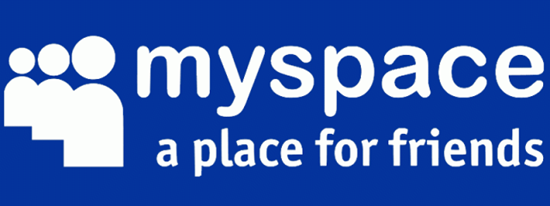

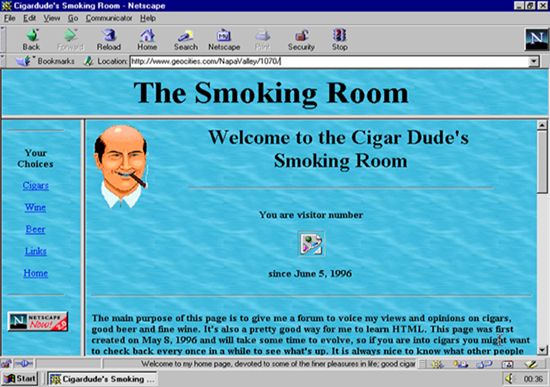
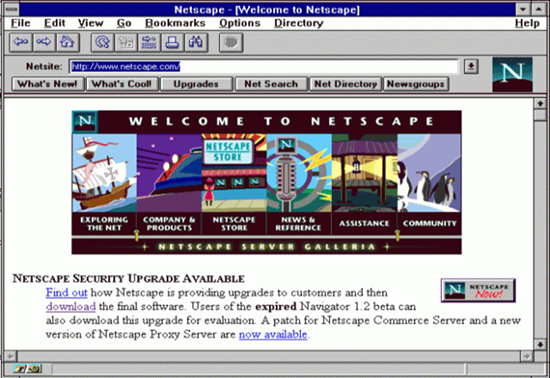
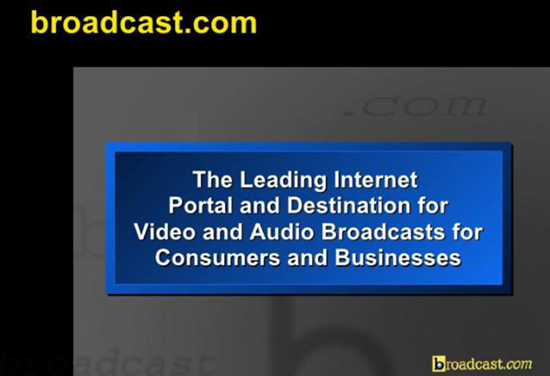
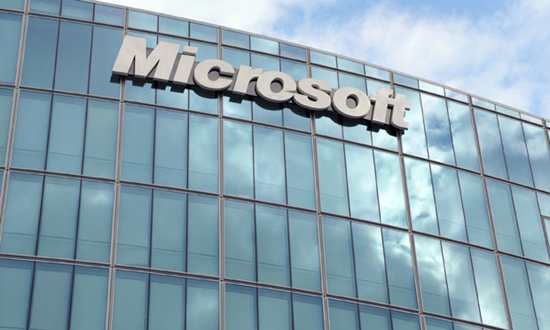


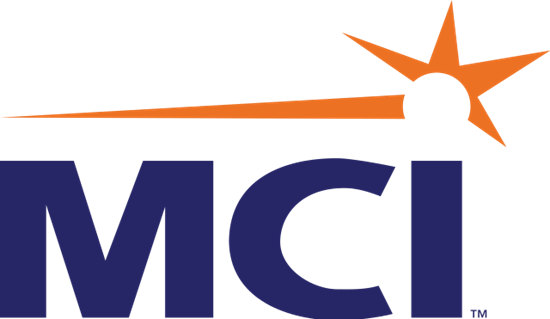
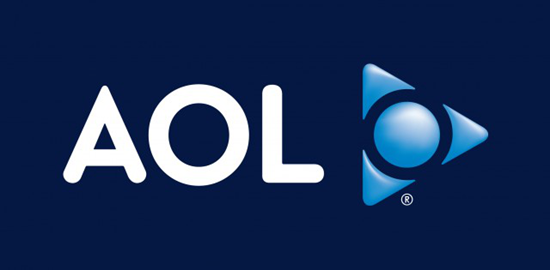
No comments:
Post a Comment
Please adhere to proper blog etiquette when posting your comments. This blog owner will exercise his absolution discretion in allowing or rejecting any comments that are deemed seditious, defamatory, libelous, racist, vulgar, insulting, and other remarks that exhibit similar characteristics. If you insist on using anonymous comments, please write your name or other IDs at the end of your message.